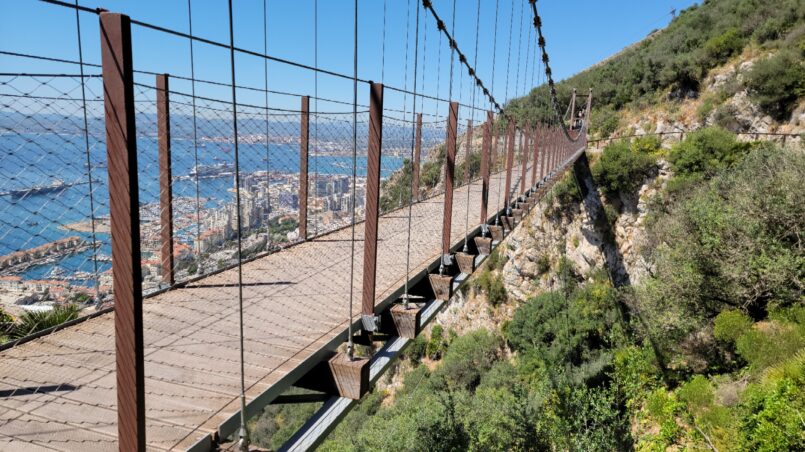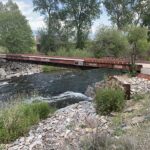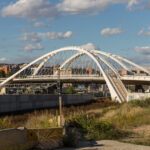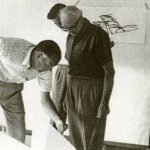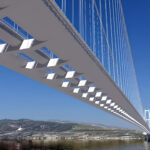I suppose most people who go on vacation merely encounter cool bridges on their travels. I, however, go in search of them. In this edition of TheBridgeGuy, I’m going to be highlighting the Windsor Suspension Bridge, located high up on the Rock of Gibraltar.
Gibraltar is a British Overseas Territory located at the southern tip of the Iberian Peninsula. It was ceded to the British in perpetuity by the Treaty of Utrecht in 1713, but had actually been under British control since being captured in 1704. The Rock is considered one of the Pillars of Hercules, and was widely believed to be the limit of the known world by the Greeks and the Phoenicians in ancient times.
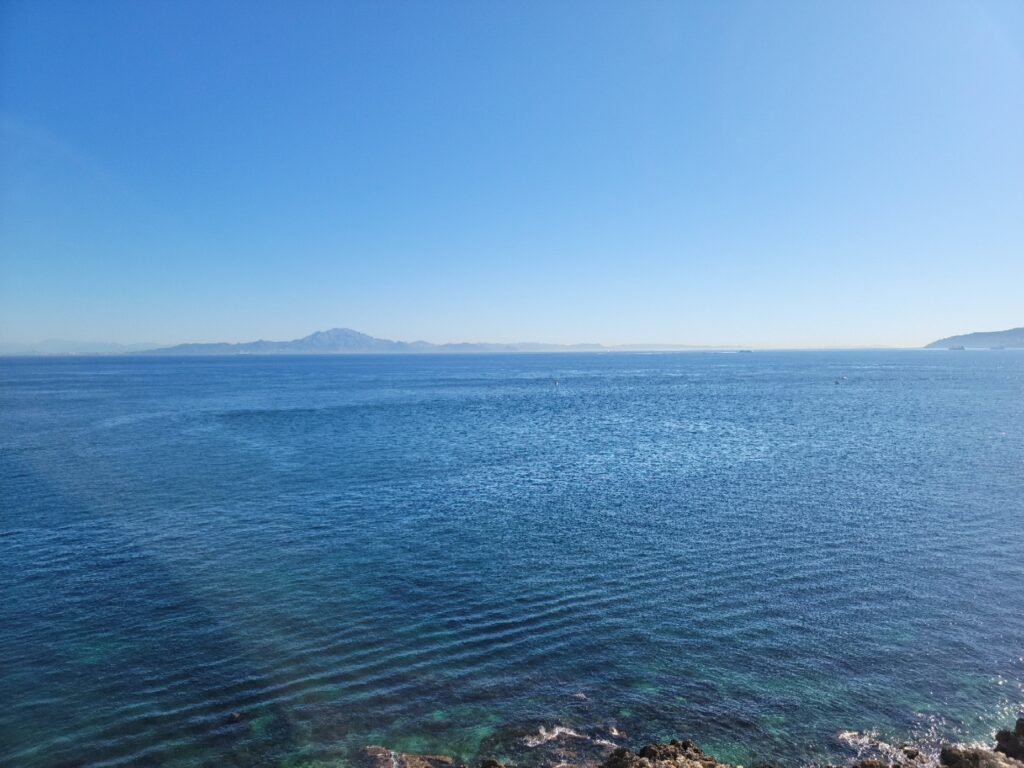
In antiquity, the Rock was known as Mons Caipe. In 711, Tariq ibn Ziyad led an expedition from Africa that landed near Gibraltar and eventually led to the Islamic conquest of most of the Iberian Peninsula. The area was renamed by its conquerors as Jabal Tariq or Mount Tariq, which has been corrupted over the centuries into Gibraltar.
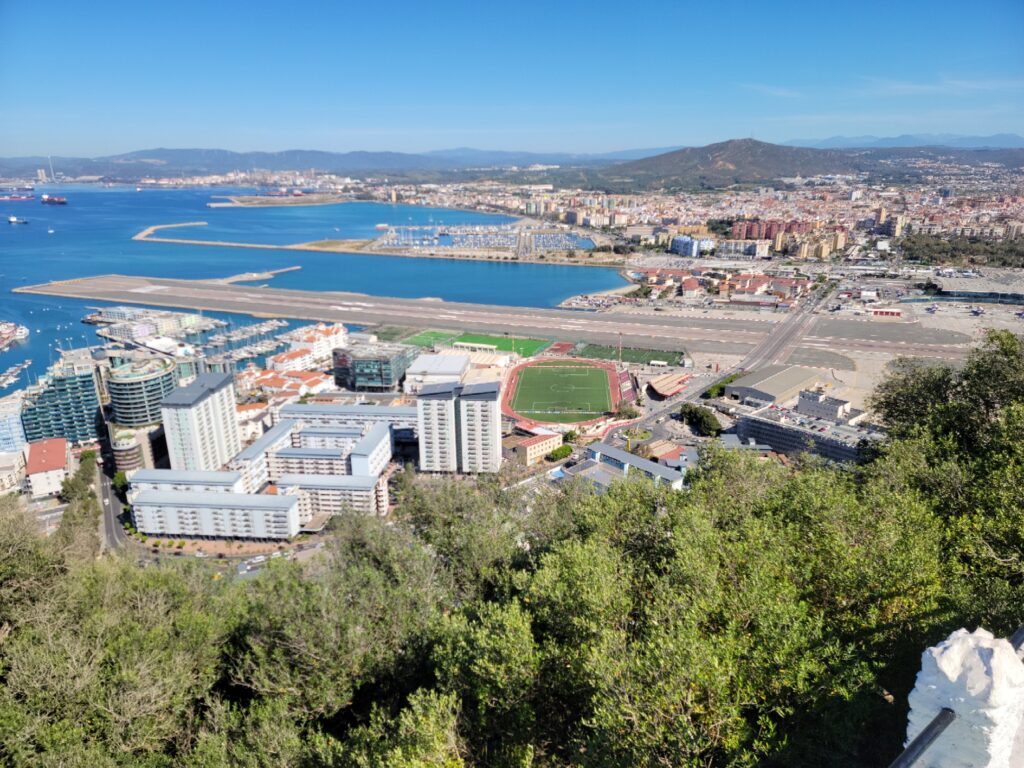
Prior to 711, most ancient Mediterranean peoples considered the site with religious significance. After 711 however, the Rock came to be seen as a natural fortress. A Moorish castle was built in 1160 and between 12th and 18th centuries, the Rock has been fought, conquered and lost many times.
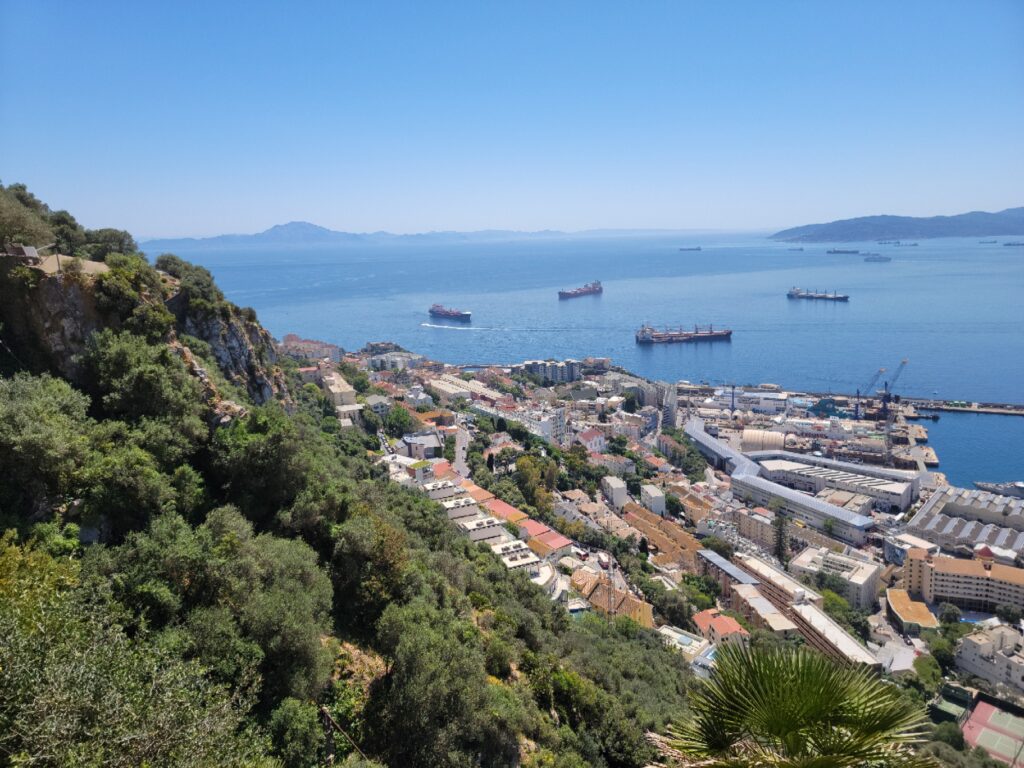
Today, the Rock is more about the breathtaking views of the Mediterranean, of Spain, of the Strait of Gibraltar and of Africa beyond. It is dotted by many batteries that were built for defensive purposes over the centuries. The roads that traverse the steep sides of the rock were used by troops to pull the guns to their respective batteries. Today, these roads allow visitors to access the many tunnels and fortifications on the Rock.
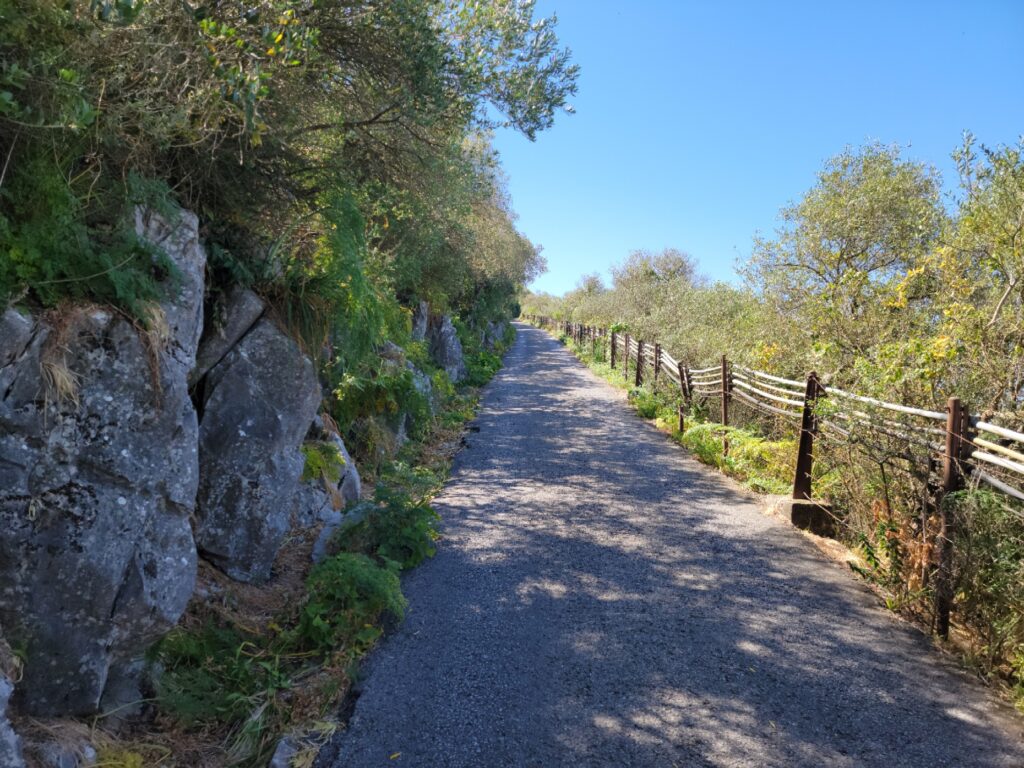
In addition to the drivable roads, there are also footpaths that have been built to allow visitors to the Rock Nature Preserve to enjoy the views, the Barbery Macaques and the flora and fauna of the place.
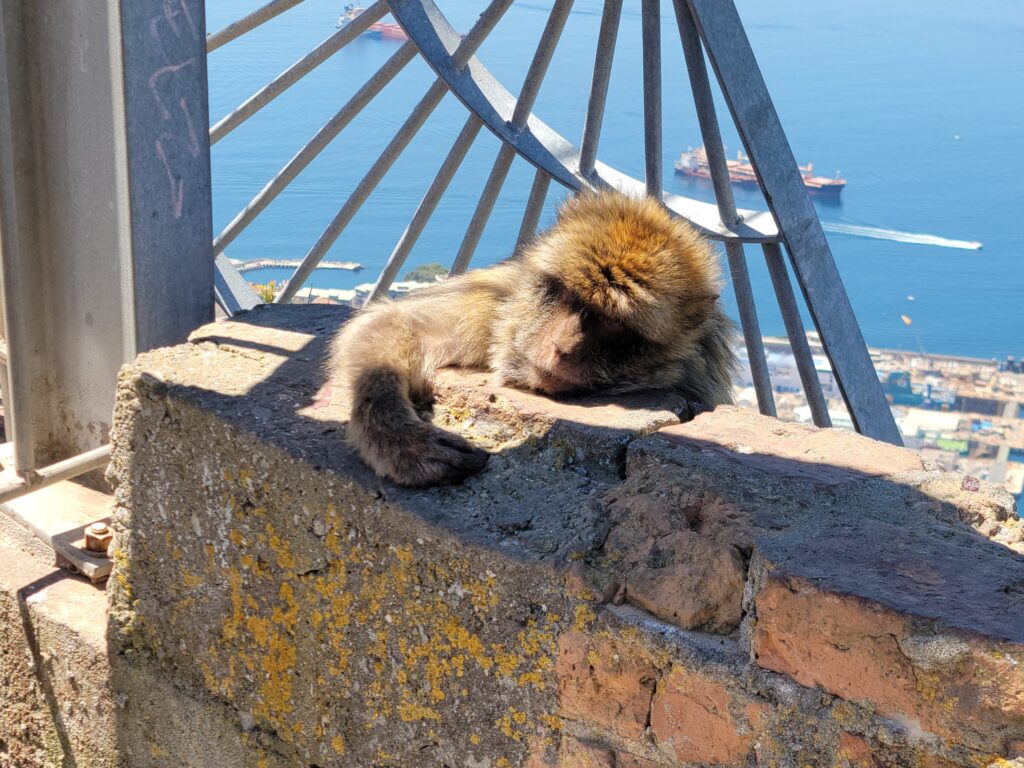
One such path in the Royal Anglian Way. Much of it already existed prior to the 20th century when it was established, likely to supply Hayne’s Cave battery and Rooke battery which the path connects. Named for the Royal Anglian Regiment, whose 2nd battalion refurbished the path in 1968-69 and maintains it to this day, the path extends 2,000 feet – connecting the Ape’s Den with St. Michael’s cave.
The path is within the Upper Rock Nature Preserve. Work is ongoing to restore the preserve and allow for more walking access to the Rock. As part of this work, a new suspension walking bridge was proposed.
The bridge itself is largely redundant. You can walk around the gorge that it spans if the bridge is too shaky for you. But it does present some fantastic views that the alternate path just doesn’t do justice.
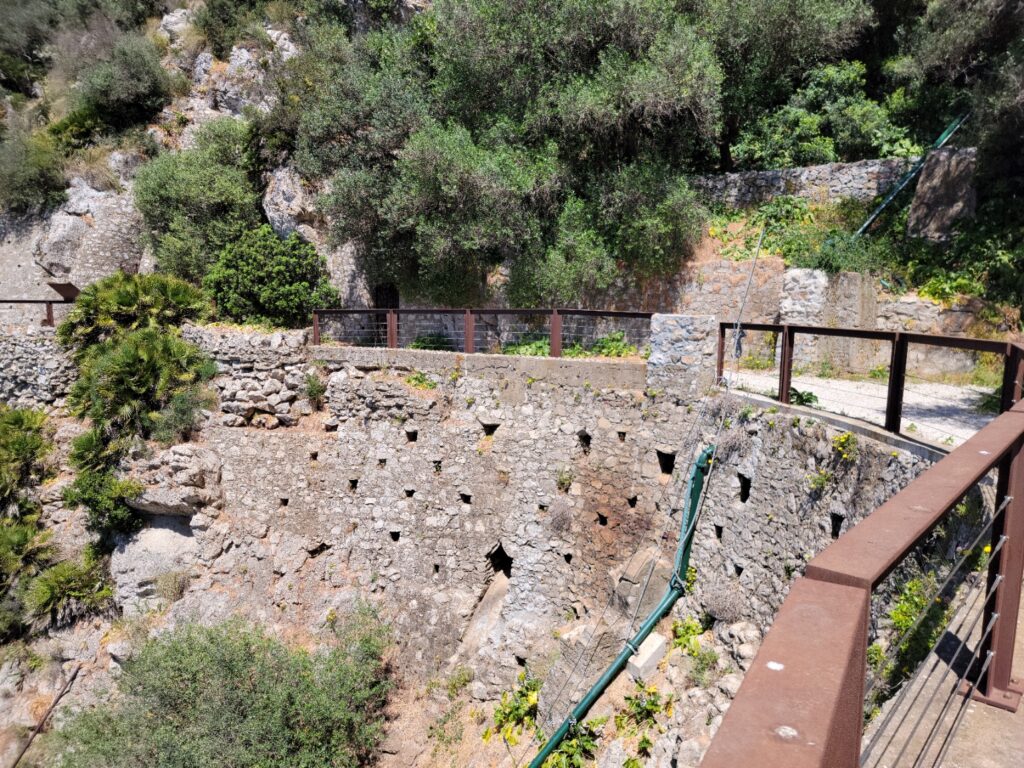
The bridge was designed by the local firm of Bovis Koala. It is 71 meters in length and crosses the 50 meter deep gorge. Similar bridges have been built in the rugged Pyrenees Mountains by Spanish contractor Muntanya. Much of the bridge was assembled off site and transported to the rock. It was officially opened on the 21st of June 2016 by First Minister Fabian Picardo.
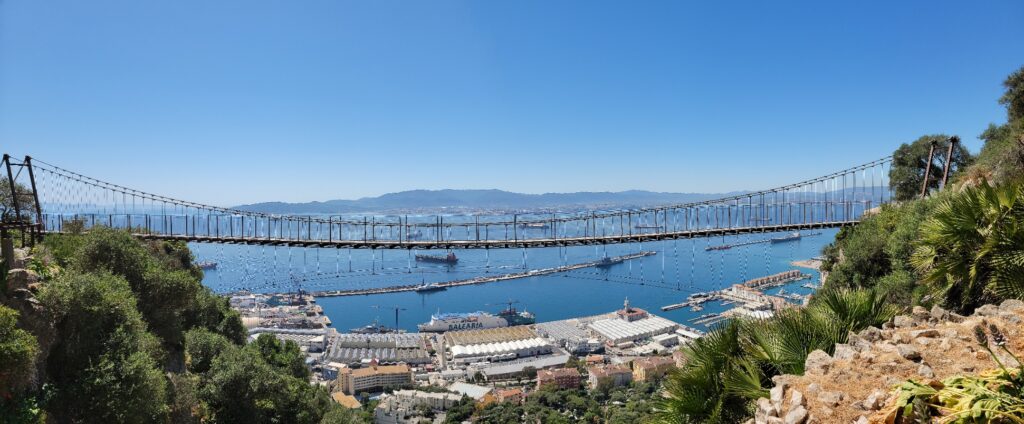
The main cables look to be galvanized wire rope, similar to that use to anchor Washington’s floating bridges, although smaller in diameter. Open spelter sockets connect the main cables to the towers, which are canted slightly from vertical. The bridge has no back spans. Instead, back stays connect the towers to the anchorages which are anchored 12 meters into solid rock.
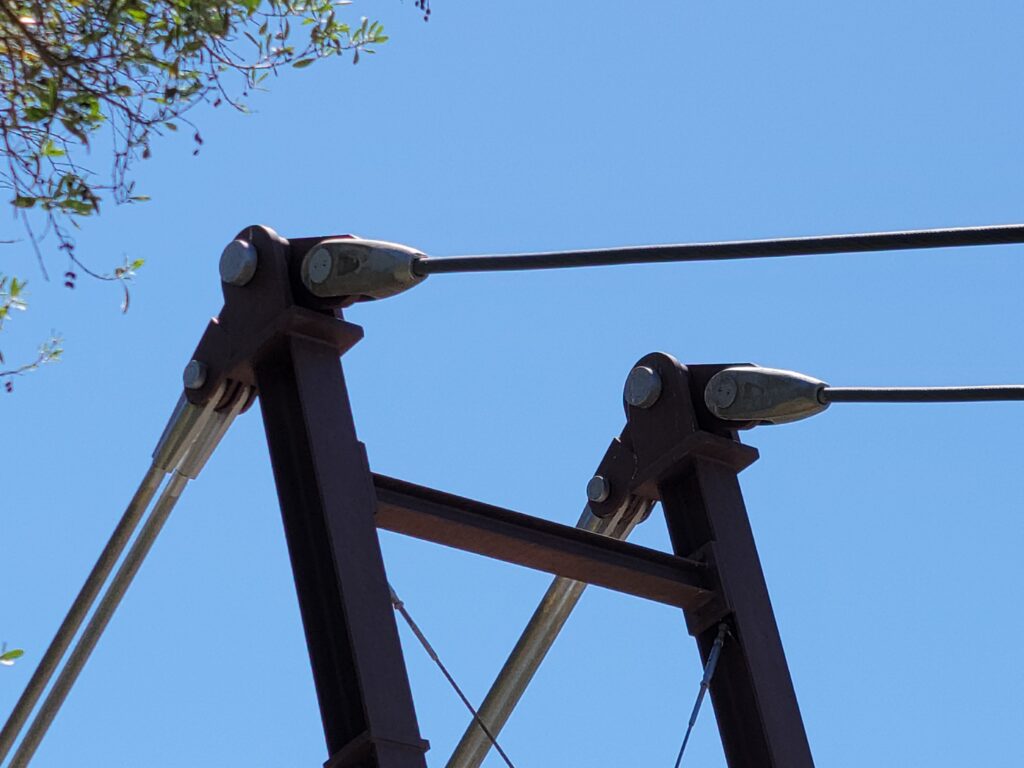
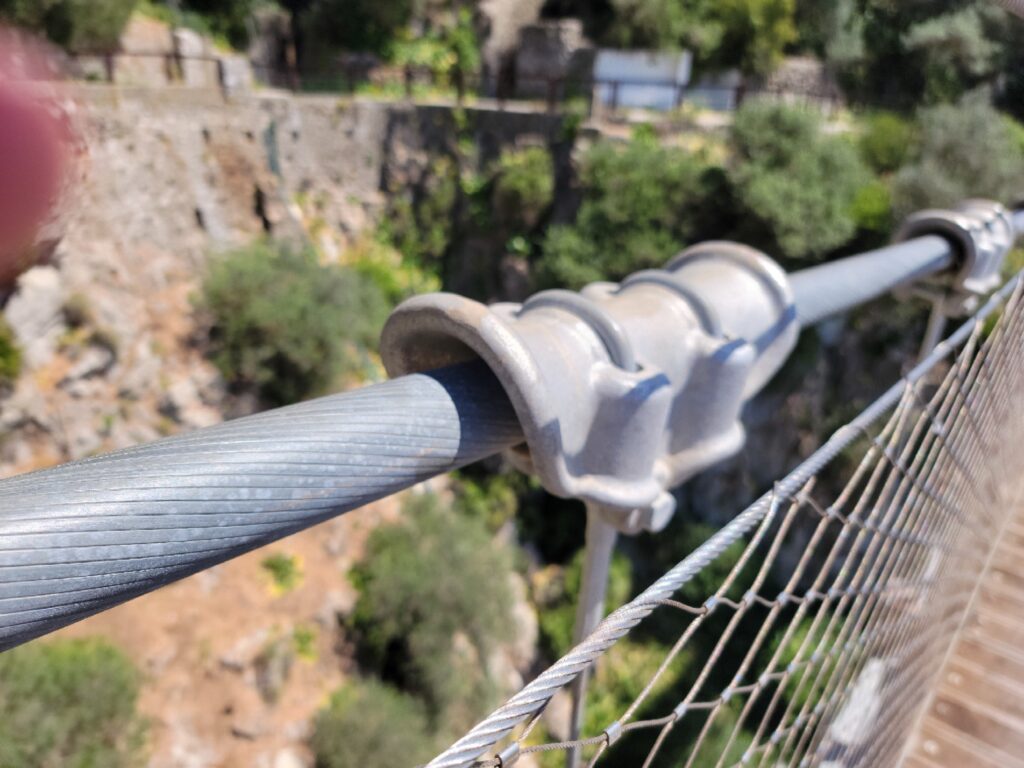
The deck and most of the superstructure is made from wood. Timber floorbeams support the deck and are suspended from the main cable by steel cables spaced every 8-10 feet or so. The suspender cables are attached to the main cable by a saddle that is clamped to the main cable by three U-bolts. A fairly simple design. In order to stiffen the bridge and make it less irksome to the nervous pedestrians out there, the superstructure has been tied to the gorge with wire in an arch pattern.
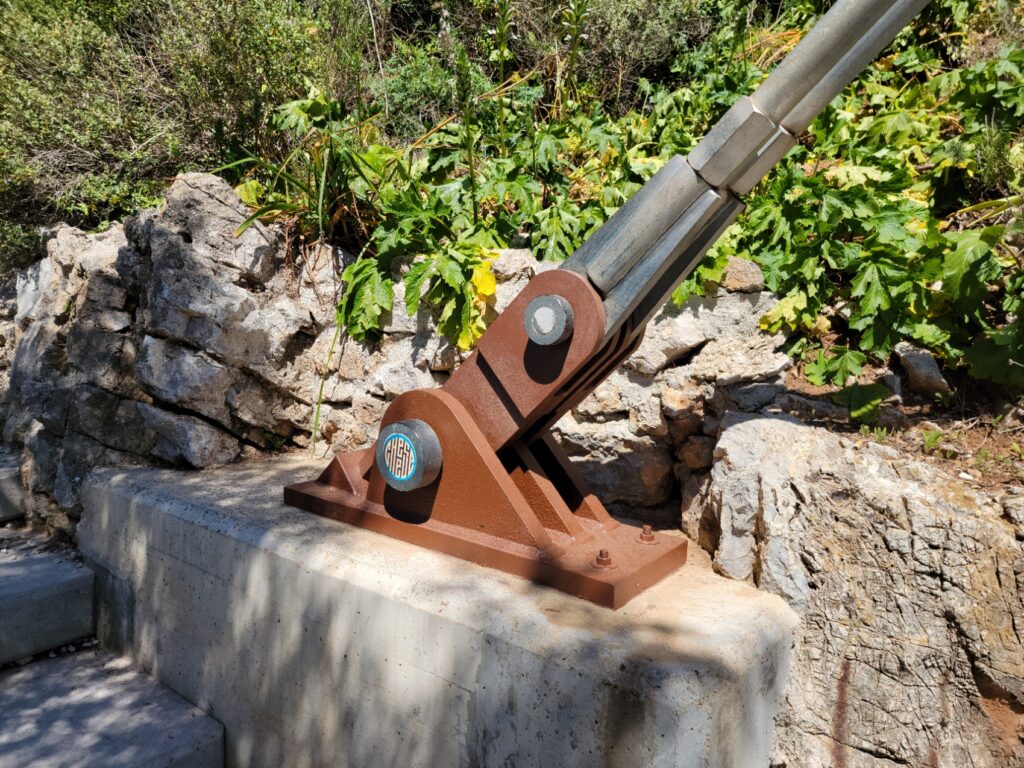
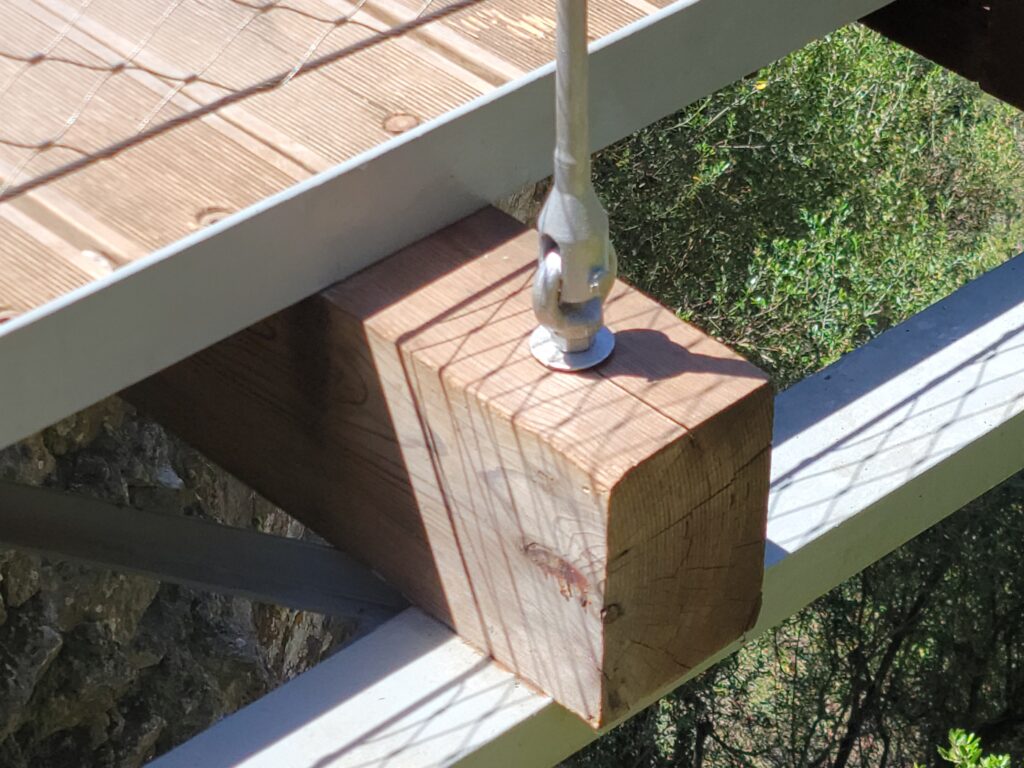
What is amazing to me is how the bridge was built. If it was largely built off site and trucked in, then they must have been small segments. The roads up to the Rock are narrow with hairpin turns. Access from Rooke Battery is one possible access point, the other is from the Queen’s Road from above – which would require one gigantic crane.
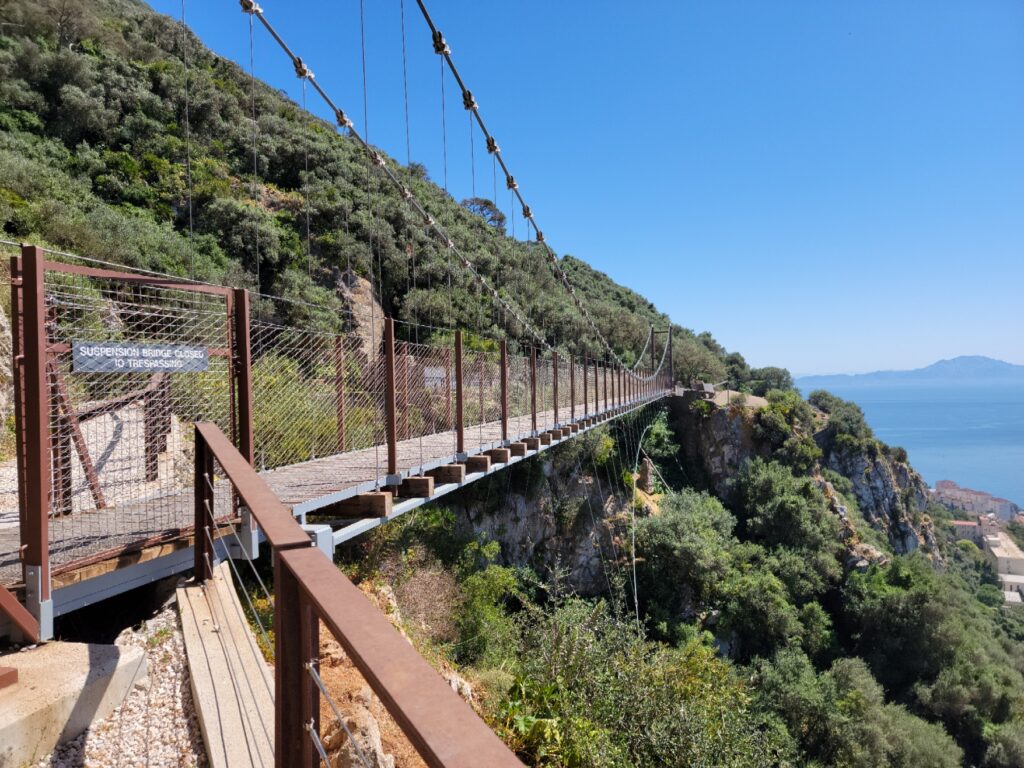
Regardless of how it was done, it has been done to spectacular effect. New work done so close to existing historical sites, without damage, is an amazing feat. The Windsor Bridge and the rest of Gibraltar should be on your destination list. And pro tip – skip the cable car and walk up. It isn’t that bad!
Views: 734